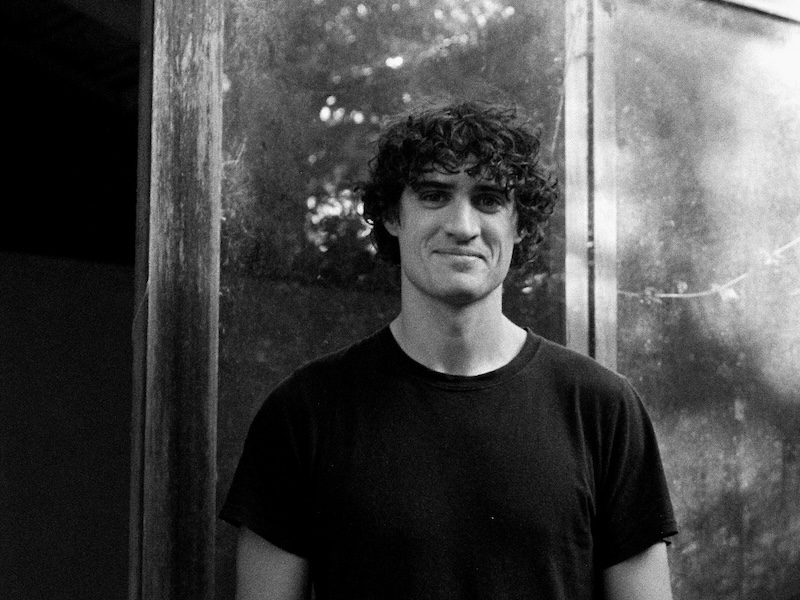Motorists will see more orange road cones than usual this summer with Waka Kotahi tackling their largest maintenance and rehabilitation programme on the roading network.
A wet winter in the Waikato has seen an increased deterioration of the roads, resulting in vehicles having to dodge hazardous potholes.
Starting in October, in the Waikato and Bay of Plenty, there will be over 700 lane kilometres of the network being rebuilt or resealed by the end of March 2023, which equates to approximately 14% of the regional state highway network.
Regional manager of maintenance and operations Rob Campbell said the maintenance programme is getting bigger across the whole country.
READ MORE:
* State Highway 1 traffic disruptions through Timaru
* Transmission Gully: Weather delays connection to State Highway 1
* Downed trees close section of State Highway 1 near Cambridge overnight
* Holiday road trip to be smoother next summer as Waikato Expressway completion draws closer
* Roading industry confident it can rely on imported bitumen
* Temporary asphalt plant installed for Hamilton section of expressway
“We have done less rehabilitation, renewal work over the last ten years and that is a deliberate strategy employed to get the most out of our assets and make sure we get value for money.
“We knew at some point around now we need to start increasing our investment levels just to keep the state highways at the same level they have been for the last few years,” Campbell said.
The central Waikato has been severely affected by long periods of wet weather, which Campbell said means they’re seeing more potholes.
“Waikato is particularly vulnerable partly because of its temperatures, we have a very narrow season to do all the resealing and rehabilitation.
Waka Kotahi/Supplied
Waka Kotahi road renewal programme starting in October.
“It’s really challenging to get ahead of what needs to be done, and if the pavement surfacing isn’t where it needs to be and then the high levels of rain caused more failure than we are comfortable with.”
Key locations will be in the Coromandel where more than 20km of chip seal will be laid along with rebuilding some sections of the roads, which means removing the existing road material and replacing it.
He said in the first few weeks of October there will be about a dozen crews working on various activities across the region.
Involved early in the work will be SH25 up the west side of the Coromandel, asphalt resurfacing in Te Awamutu, Pūtāruru and Whakatāne, and road rebuilds in the Waimana Gorge and near Whenuakite.
There are also significant work programmes planned for SH2 between Waihī to Ōmokoroa and on SH1 through the Desert Road, which will see over 30km of chipseal, asphalt and some rebuilds.
In Hamilton there will be more than 10km of asphalt resurfacing to be done.
Waka Kotahi/SUPPLIED
There will be over 700km of maintenance done on Waikato and Bay of Plenty roads this summer
Campbell said it does mean disruption for motorists will be a constant, so he’s encouraging people to check their journeys beforehand.
“There will inevitably be some delays. Sometimes we will be having stop/go so you may be stuck in queues, not for a long time, but it will affect your journey. But also some places where we will have to close the road for a period of time and give people detours.”
Waka Kotahi is aware that summer is a popular time for travellers and therefore it tries to plan accordingly, so any work required around popular Christmas holiday destinations is planned for early in the season.
There is also a moratorium on work around statutory holidays and big events, there won’t be work done the day before or the day after because of high traffic volumes.
The Waikato Expressway has highlighted the fact that the older roads aren’t built to the same standard as the new SH1.
Waka Kotahi/SUPPLIED
Motorists can expect to see a lot more traffic management this summer
“The roads through central Waikato that have been there for a long time, they were built for a service at the time, and they are rural roads, and they don’t carry the volume that we see on the expressway.”
As Waka Kotahi are the asset managers they contract to the big tier one companies such as Fulton Hogan and Higgins to carry out the physical work.
Normally this type of work would start later to get more certainty of the weather, however Campbell said the decision to start earlier means they will have to work with the weather.
“It may mean we start some projects and slow down a little bit just at certain stages. But you can see us out there seven days a week, and there will be some night work, especially the urban areas.”
And if it is raining contractors will move onto other areas like drainage and vegetation.
Waka Kotahi have a rolling three-year plan to give an insight into what is coming up, which can be adjusted accordingly from the information that is collected annually.
Waka Kotahi/SUPPLIED
The truck which is used to survey state highways for Waka Kotahi
“We have a truck which drives around every year on the state highways across the country, as it drives around it measures skid resistance that is an important indicator if the road surface is safe, rutting, and has lasers that measure the profile of the road.
The data over time allows the likes of Campbell to see where and when a road will need work.
“We also have people on the ground who are driving around all the time checking what is happening and what the solution might be to fix it.”
They also rely on the public to inform them of road conditions and take feedback seriously, Campbell said as they know their roads quite well, so notice when things change.
He said they often get asked why asphalt isn’t used more, but that is largely due to the cost of it.
“But the roads in New Zealand are flexible roads, they move when traffic goes over them. And chip seal is great because it flexes with the road – asphalt is quite brittle, so when a truck goes over it, it breaks much more quickly.”





















Discussion about this post